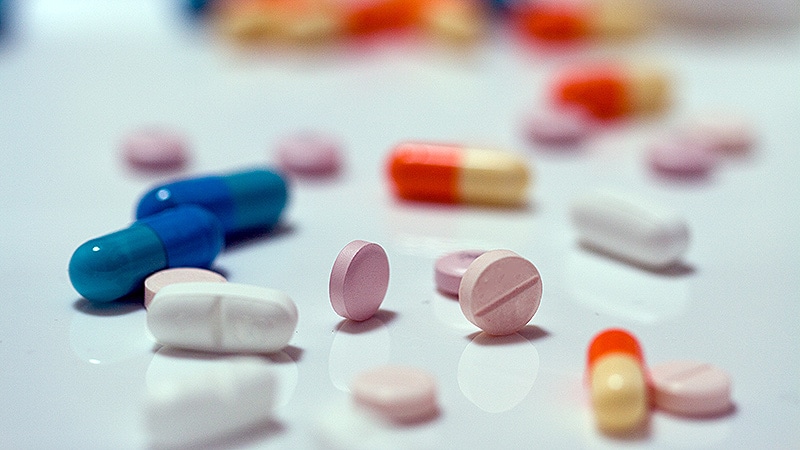Takeaway
- A low percentage of patients living with HIV (PLWH) achieve the expected reductions in low-density lipoprotein cholesterol (LDL-C) after statin therapy initiation, which may leave them with unmet need for atherosclerotic cardiovascular disease (ASCVD) risk reduction.
Why this matters
- PLWH are at high risk for ASCVD.
- Previous studies have reported poor control of dyslipidaemia among PLWH taking statins.
Study design
- Retrospective cohort study of 706 PLWH (CHD, n=41; diabetes, n=96; LDL-C ≥190 mg/dL, n=44; ASCVD risk ≥7.5%, n=250; statin indication unknown, n=275).
- Primary outcome was achievement of an LDL-C reduction ≥30% after statin initiation.
- Funding: Amgen, Inc.
Key results
- Mean LDL-C change after statin initiation was −28.2 mg/dL.
- Overall, 5.8% had a history of CHD, 13.6% diabetes, 6.2% LDL-C ≥190 mg/dL, 35.4% 10-year ASCVD risk ≥7.5% and 39.0% had unknown statin indication.
- Overall, ≥30% LDL-C reduction was seen in 31.7% of patients with a history of CHD, 25.0% among those with diabetes, 59.1% in those with LDL-C ≥190 mg/dL and 33.9% in those with 10-year ASCVD risk ≥7.5%.
- LDL-C reduction of ≥50% was seen in 17.1% of patients with a history of CHD, 6.3% among those with diabetes, 20.5% in those with LDL-C ≥190 mg/dL and 6.4% in those with 10-year ASCVD risk ≥7.5%.
Limitations
- Retrospective study design.
- Adherence to statins was not measured.
References
References



